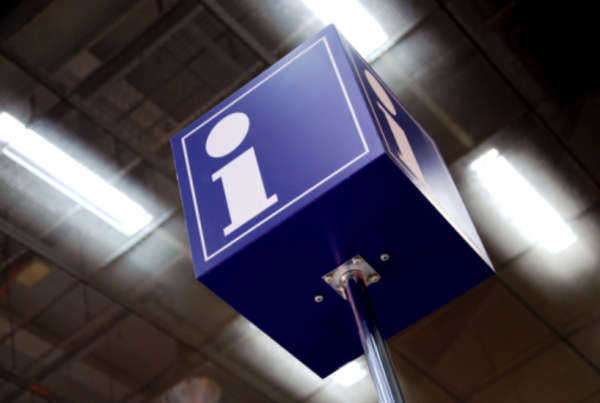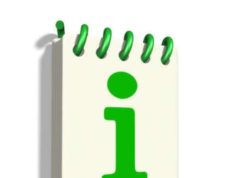
As with options as a whole, futures
options also can be classified in terms of call and put options. In either case, the market value of the underlying
commodity and the collection of the premium are the driving forces in futures
options. Essentially, in the “equation” to assess the worth of a
given futures option, the independent variable that will affect the
outcome is the underlying asset, which is the futures contract itself.
The more valuable a commodity, the pricier
the future is, and thus all the more valuable to the call option holder.
Meanwhile, the less valuable the good, the cheaper the future and more valuable
to put holders as they will be able to sell the option itself for more than they
paid for it, especially for those who are eager to
“buy low.”
Noting this confluence of futures and
options, it may be unclear as to how, or rather, where a futures option
might be traded. Owing to their relevance to the subject of futures, though, futures options are bought
and sold on major futures exchanges just as are straight futures contracts. Frequently, this
will be a specific exchange predicated on the type of commodity involved, be it
cotton, grain or sugar.

















